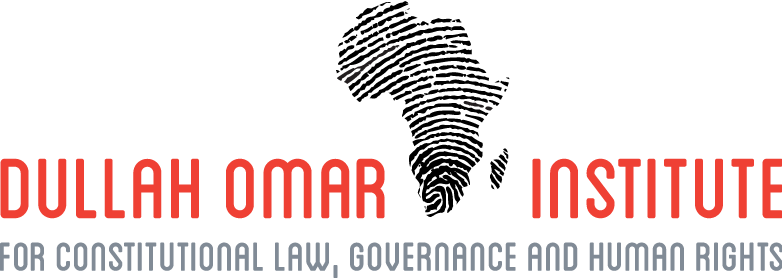Two new research reports from CSPRI
An Assessment of the Impact of
HIV/AIDS on Correctional System governance with Special Emphasis on
Correctional Services Staff by Chris Tapscott
The incidence of HIV/AIDS infection in South African prisons has been
extensively documented in recent years. This research has focused
variously on the geographic and demographic spread of the disease and
on the rights of inmates to prophylactics and to appropriate treatment
and care. In contrast, little research has been directed towards the
incidence and impact of the pandemic amongst correctional officials.
From this research it is evident that whilst the Department of
Correctional Services (DCS) has developed a fairly coherent (albeit
unevenly implemented) programme for the prevention and treatment of
HIV/AIDS amongst inmates, and notwithstanding the recent launch of a
“Framework for the Implementation of a Comprehensive HIV and AIDS
Programme” it has yet to develop and implement systematic measures to
manage the disease amongst its own staff.
Prisoner Re-Entry in Cape Town – An Exploratory Study by Lukas
Muntingh
Every month in South Africa approximately 6000 sentenced prisoners are
released, some on parole and some on expiry of sentence. After serving
their prison sentences it is society’s expectation that they will
refrain from committing crime and be productive citizens. They are
expected to find employment, rebuild relationships with their families
and communities, and cease from engaging in certain activities and
avoiding the risks that caused their imprisonment in the first
instance. Unfortunately, it is the case that many released prisoners
commit further offences and find their way back to prison, some in a
remarkably short period of time while others return after several
years. This study is concerned with the immediate post-release period
and asked a very simple question: “What happens to people immediately
after they have been released from prison?” The question is aimed at
gaining a deeper and empirical understanding of what prisoner re-entry
and reintegration into society mean and what the obstacles are to
successful reintegration. When people’s lives have effectively been put
on hold for several months or years, how do they pick up the strings
where they had left them, if there are indeed strings to pick up?

